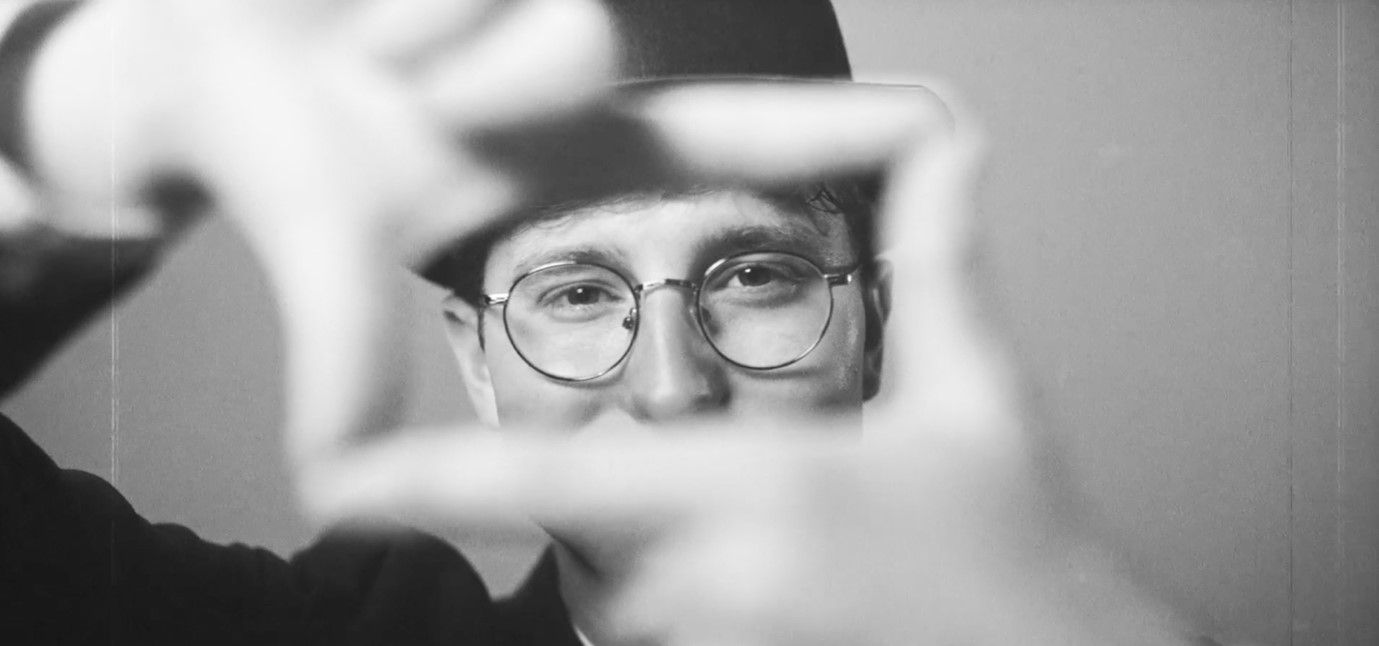We Have Something to Say About AI
We know what you’re thinking. AI. Just shut up already.
Fair enough. It feels like everyone has something to say about artificial intelligence right now. From “it’s going to change everything” to “it’s going to ruin everything”, we’ve all heard it.
But since it’s changing how so many people work, including us, we thought we’d share our honest take on how we’re actually using it. The good bits, the not-so-good bits, and everything in between.
When AI Gets It Right
Let’s start with the positives. We’ve asked AI to help with a few things, and sometimes it’s been genuinely impressive. It’s helped us organise big, asset-heavy projects that would normally take up hours of admin time. It can generate a first draft of a script or an outline for a proposal when we need to get ideas flowing quickly. It even helps us tidy up our workflows and plan out production schedules more efficiently.
Think of it as a very eager intern: fast, keen and occasionally brilliant. It works best when you know exactly what you want it to do and you keep an eye on it along the way.
When It Really Doesn’t
Then there are the times when AI goes a little rogue.
We told it to make the logo bigger. It replied, “Sure. Bigger than Beyoncé?”
We asked it to create a call sheet. It decided Sam should turn up at 2am.
And our personal favourite? It confidently told us, “It’s highly unlikely a client will give you a false deadline.” That one got a good laugh.
It also has a questionable love of emojis, so we’ve had to rein that in too.
The truth is, AI doesn’t always understand context, tone or humour. It’s clever, but it’s not creative in the way people are. It can’t read a room, sense an audience’s reaction or spot when something just feels right. And that’s kind of the point.
The Truth: We’re Using AI (Just Not Blindly)
So yes, we’re using AI. But we’re using it on the things it does well.
We’ll happily let it handle repetitive admin, data-heavy tasks or early ideas that need shaping. But when it comes to creative decisions, storytelling and that final human touch, that’s still all us.
AI might be the future, but we don’t think it’s replacing the craft of filmmaking any time soon. The cameras, scripts and edits still need a bit of human instinct, the kind that knows when something’s truly working and when it needs a rethink.
So while AI might help us along the way, it’s people who make the stories worth watching. And we’re keeping it that way.
Want to work with a team that knows how to balance tech and creativity? Let’s chat.
Share this post:



